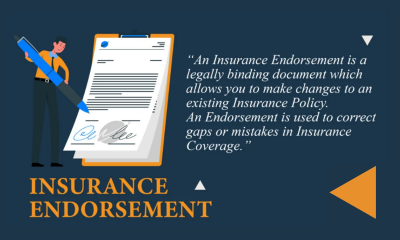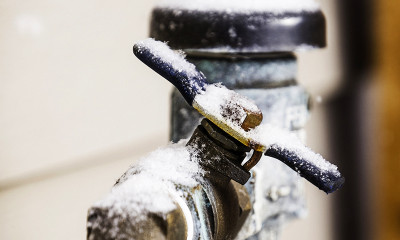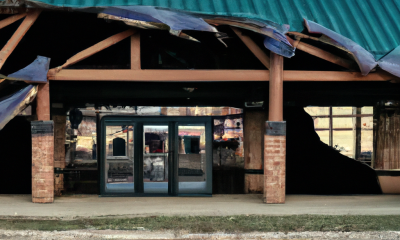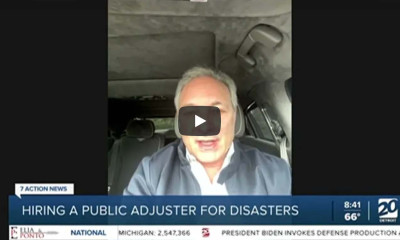Every September, the Federal Emergency Management Association sponsors the National Preparedness Month to inform and remind those living in zones vulnerable to hurricanes to prepare for the worst.
As a business owner, you do not want to wait until September to make sure your company and employees have a plan of emergency.
The Rescue Team at Globe Midwest™ Adjusters International has assembled five tips to help get your business be as prepared as possible for when a disaster strikes.
1. Keep at least one fully stocked emergency kit.
It’s impossible to say for certain what conditions employees will endure after a disaster strikes but experts recommend that business owners prepare by stocking bottled water, blankets, first aid kits, batteries, whistles, plastic sheeting, dust masks, duct tape, wrenches, pliers, battery-operated radios, fire extinguishers, non-perishable food and also maps.
2. Be aware of the details of what your current property insurance policy covers.
Owners and managers should at least understand the basics of what the insurance policy exclusions are – how high the deductible is and which expenses will and won’t be reimbursed. This is also an opportunity to purchase additional coverage if you find out that you’re not happy with the details of your current policy. Even if you’ve never read your full insurance policy, you should have a good understanding of what it covers.
3. Put money aside for insurance deductibles.
Most insurance policies require policyholders to pay a deductible toward the damage. You should know how much that deductible will be and put that money aside in savings just in case you need to file a claim.
4. Prepare your business property for severe weather.
For business owners who also own and operate the property in which their business operates and also for those who operate rental properties, making some repairs in advance may help the building withstand storms better than if the property is in disrepair when the storm hits. This can include removing any trees that may damage roofs or windows if they break, checking for loose shingles, cleaning gutters and downspouts, and installing storm shutters and/or impact glass on all openings around the building. If your property does not meet current construction industry standards, making some simple modifications can help to reduce property loss in the event of extreme weather.
5. Make a detailed business inventory.
Take pictures and/or videos of every room in your office and keep them saved in the cloud on a backup hard drive or in an offsite location such as a safety deposit box. This will help you create a record of your belongings just in case the building is destroyed in a disaster. Written lists in a Word document or Excel spreadsheet should also be recorded and updated whenever new equipment is purchased along with receipts for those items. Keeping detailed records both before and after the storm or a fire is critical when filing an insurance claim.












